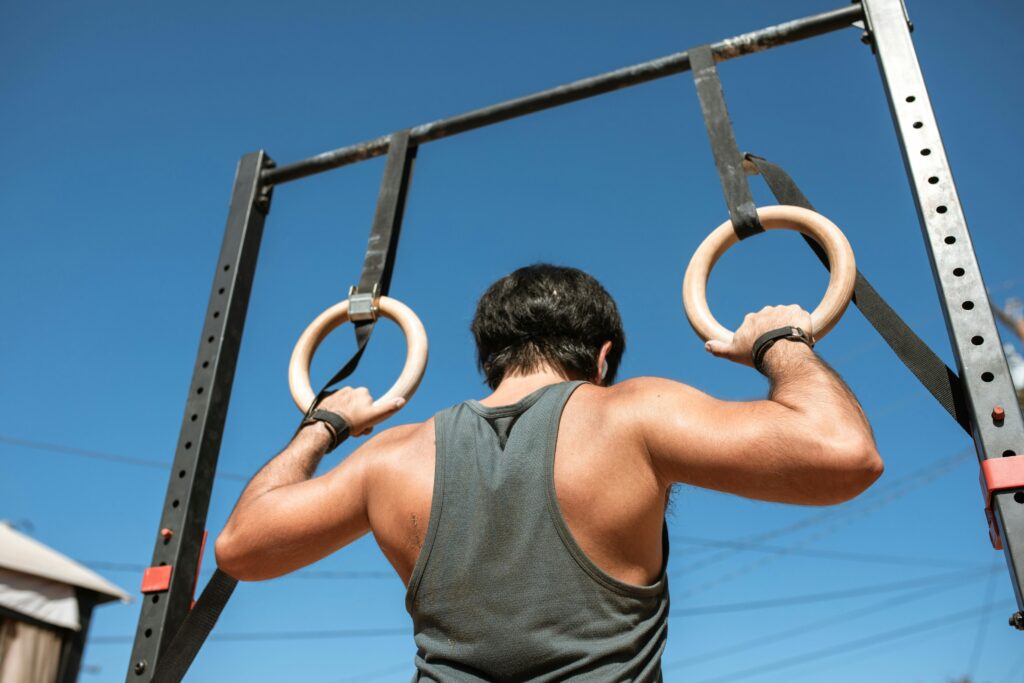
Well developed shoulders are essential in building up an impressive upper body physique. Besides increasing your overall strength and symmetry they also help improve your functional performance in sports and everyday activities. Achieving shoulder goals you thought were out of reach was never a question of strength, it was a question of research and, more importantly, training techniques—cutting edge research and strategic training techniques. Now, let’s dig into the science of shoulder workouts, the key exercises and, practical tips that will help you unlock your full potential.
The Importance of Shoulder Workouts
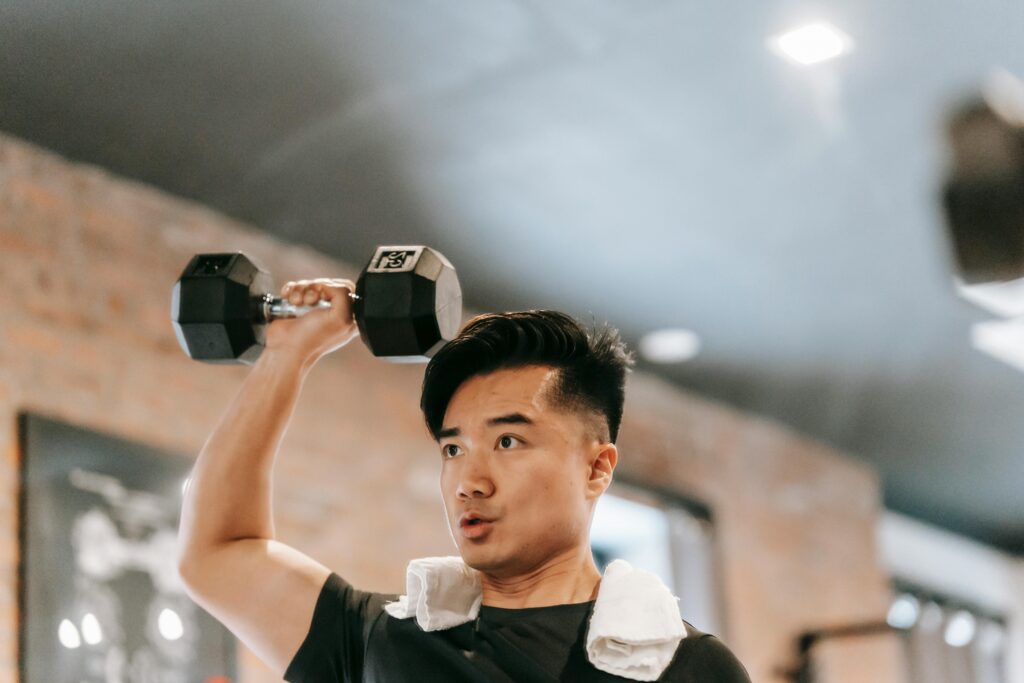
Anatomically the shoulders are unique and functionally. They consist of the deltoid muscle, which has three distinct heads: It is anterior (front), medial (side), and posterior (rear). These are heads that are responsible for movements across a large spectrum from pressing up to lifting and rotation. Any part of the shoulder, neglected, will result in imbalances, poor aesthetics and even worse, injury.
shoulder workouts shown above are well structured to look awesome visually but also help improve your posture, strengthen you and protect against joint instability. Whether you’re an athlete, fitness lover, or just someone who wants to look good, using time to real shoulder training is a must.
Shoulder Challenges: Overcoming Genetics and Plateaus
Dealing with narrow clavicles is one of the challenges of development, if you have them (or should I say ‘no’, if you don’t have them). Genetics do account for shoulder structure, but the size and defined of the muscles are in your hands. Then you can avoid plateaus and achieve amazing results using science based techniques and understanding muscle building principles all the same.
Understanding the Science of Muscle Growth

Resistance training causes muscle fibers to be subjected to tension and micro damage, and as a result of which muscle hypertrophy, or growth, occurs. During recovery, these fibers repair themselves and their become stronger and larger. Recent studies have identified key factors that influence muscle growth:
- Mechanical Tension: The amount of force placed on muscles during exercise.
- Muscle Damage: It’s micro tears in the muscle fibers, and when they heal it grows.
- Metabolic Stress: High rep training means building up metabolites, like lactate.
Shoulder exercises that increase tension and stress muscles in lengthened position can be significant contributions to increasing shoulder development.
Science-Backed Shoulder Exercises for Optimal Results
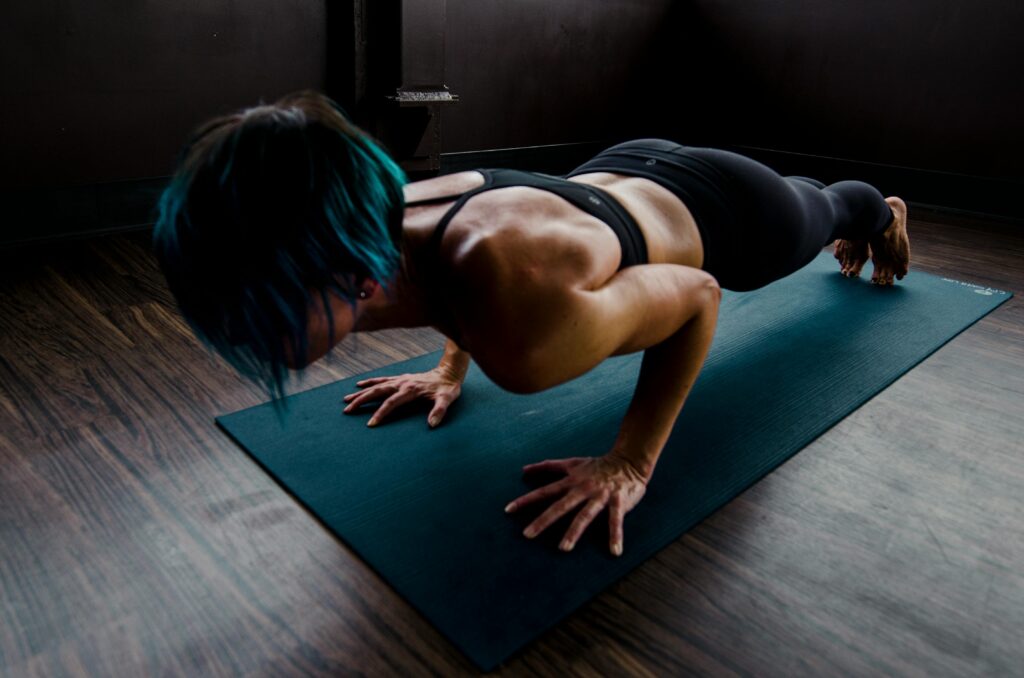
With this, doing exercises which challenge the shoulders through a full range of motion and stretch will bring better results. Below are three highly effective, research-supported exercises to add to your routine:
Lateral Raises Behind the Body Cable
Why It Works
If you’re using dumbbells for traditional lateral raises, you’re losing tension over the side delts during the movement. Using cables behind the body means you can help ensure the deltoid muscle works throughout the entire set, and is stretched as it should be.
How to Perform
- Take a cable pulley and place it at the height of the hip and then fit a single handle.
- Start standing facing the cable machine with your back towards the machine and grasp the handle with the hand on the side that is opposite the cable.
- Start it by raising the arm to the side of the body until it comes to the shoulder level.
- You have to control the descent to make the scene as tensioned as possible.
Pro Tip: This will help you spend more time under tension and therefore is another way to increase your muscle growth.
Reverse Cable Fly (or Pec Deck) for Rear Delts
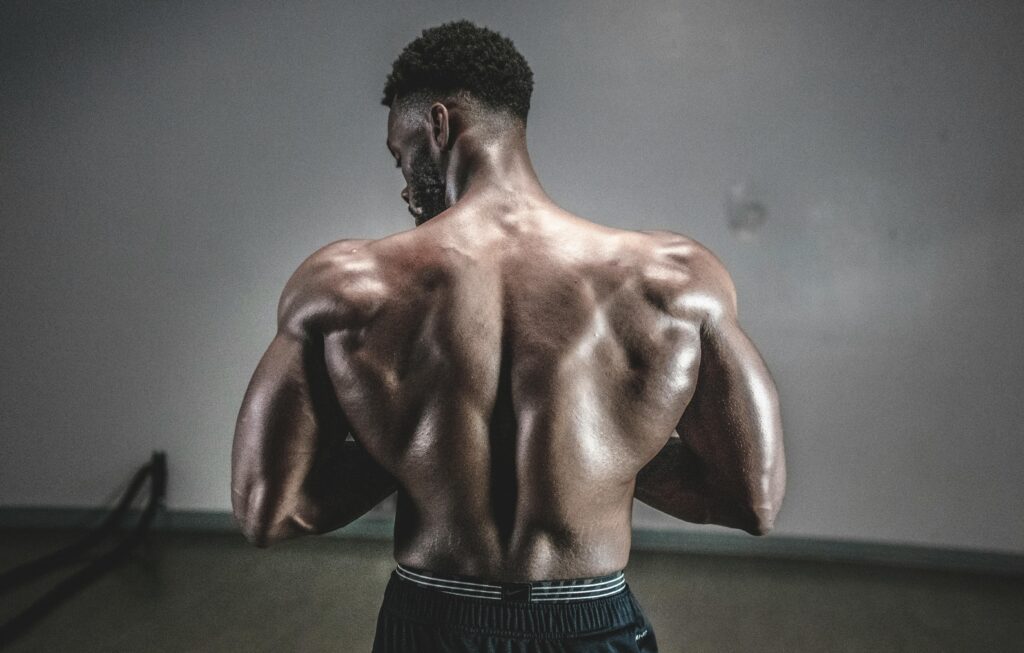
Why It Works
Rear deltoids are usually neglected but they form a very important part of the shoulder area. Cable reverse flys or reverse flys on a pec deck are a great exercise that can help you effectively target the rear delt muscle by following the natural fiber flow of the muscle.
How to Perform
- Choose a pec deck or set two rope handles at your shoulder level.
- Bend your torso slightly and grip the cables or the machine handles and pull the handles sideways and away from your body.
- Make sure that your arms are rounded and not overly tense and that you don’t pull your shoulder blades back too much.
Pro Tip: Slightly retain tension on the rear delts as you go through the movement and do not let go in between sets.
Seated Dumbbell Shoulder Press
Why It Works
The anterior deltoids are best developed by pressing movements. Seated dumbbell shoulder press is less stressful on the lower back and hits the shoulders in a better way as compared to the barbell version.
How to Perform
- Position yourself on a bench with backrest at an angle of about 15 degrees of reclination.
- Lock your palms in front of you with your elbows at shoulder level, and clutch two dumbbells in each hand.
- Lift the dumbbells up until your arms have been fully stretched out.
- Slowly bring the dumbbells back down towards the sides of your hips.
Pro Tip: If you have shoulder pain try to use a neutral grip with your palms facing each other to minimize the impact on the joints.
The concept of Progressive Overload
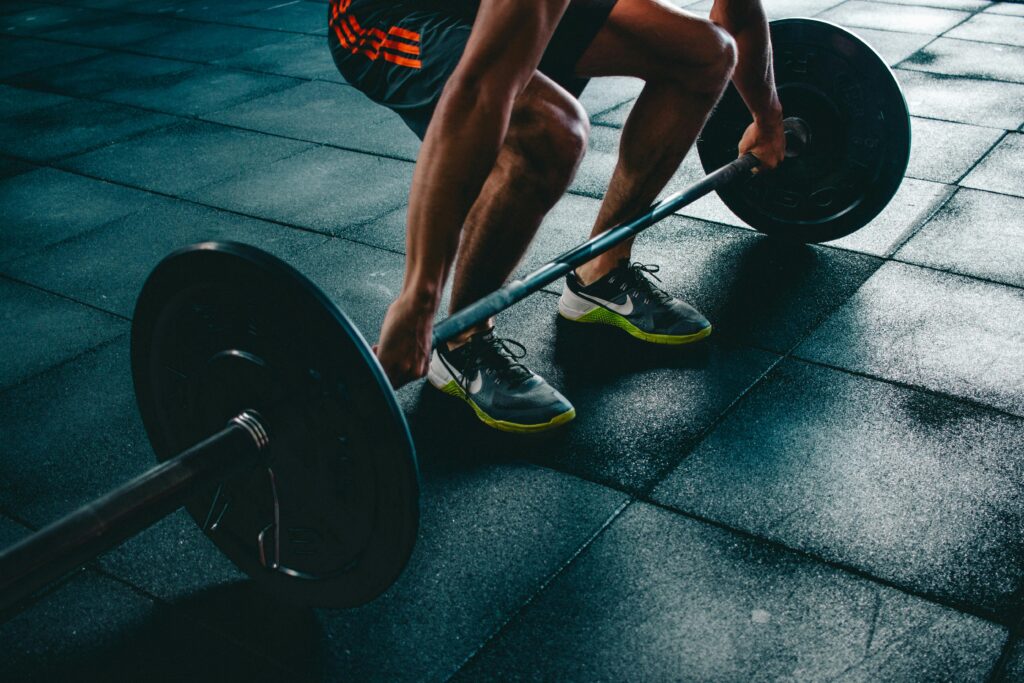
Doing this will help you create a new muscle development and will help you to gain broader and stronger shoulders. This can be achieved by:
- Increasing Reps: Slowly adding the number of repetitions per set.
- Adding Weight: When you get to set of reps in the range of 15-20, then add weight.
- Improving Form: Concentration on the smooth movement and maximum wrap of muscles.
A 2022 study showed that both, doing more reps with lighter weights and fewer reps with heavier weights can cause muscle growth, only if the muscle is taken to failure.
Maximizing Your Shoulder Routine
To get the best results from your shoulder workouts, follow these practical tips:
Stressing Stretch-Based Training
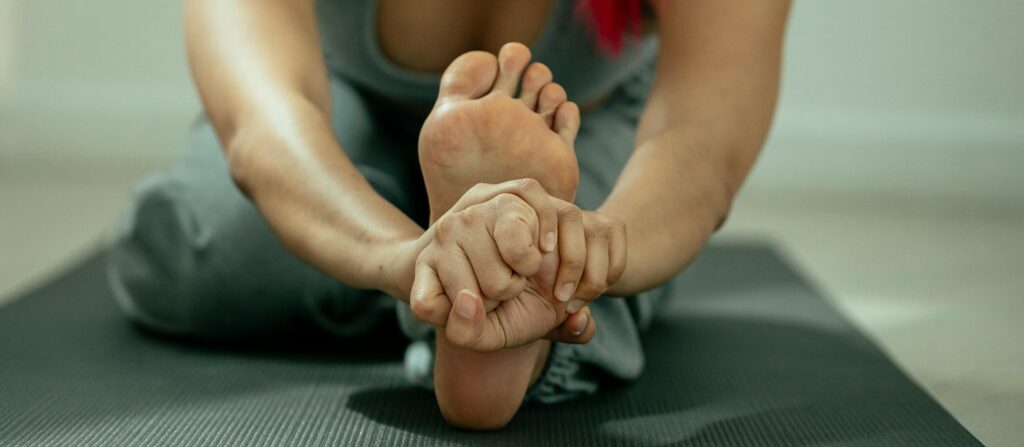
Studies have found that working the muscles in their stretched state will result in faster and better muscle growth. For shoulders, this means choosing exercises like behind-the-body cable lateral raises that put the deltoids under stretch during the movement.
Master Form and Technique
Using proper form not only means that you will be working all the intended muscles but also to avoid strains. For instance, do not swing you arms when doing lateral raises and ensure to perform the movement slowly.
Balance All Three Deltoid Heads
If any of the three heads are omitted then there will be muscle imbalance and no longer the perfect V shape. Make sure to train your front, side and rear delt muscles to ensure that you are working on all parts of your shoulder.
Shoulder Workouts for All Levels
Beginner Routine
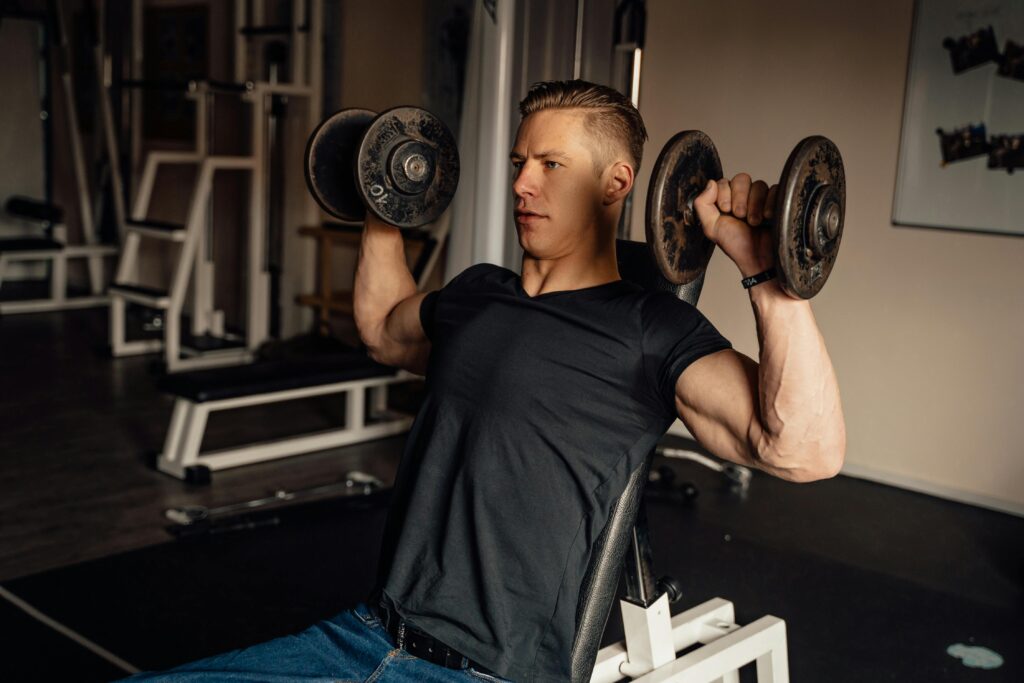
- Seated Dumbbell Shoulder Press: 3 sets of 8–10 reps
- Dumbbell Lateral Raises: 3 sets of 12–15 reps
- Bent-Over Dumbbell Rear Delt Fly: 3 sets of 10–12 reps
Intermediate Routine
- Behind-the-Body Cable Lateral Raises: 4 sets of 10–12 reps
- Reverse Pec Deck Fly: 4 sets of 12–15 reps
- Arnold Press: 3 sets of 8–10 reps
Advanced Routine
- Seated Dumbbell Shoulder Press: 4 sets of 6–8 reps
- Behind-the-Body Cable Lateral Raises: 5 sets of 8–12 reps
- Reverse Cable Fly: 4 sets of 10–15 reps
- Barbell Upright Row: 3 sets of 8–12 reps
Common Shoulder Training Mistakes
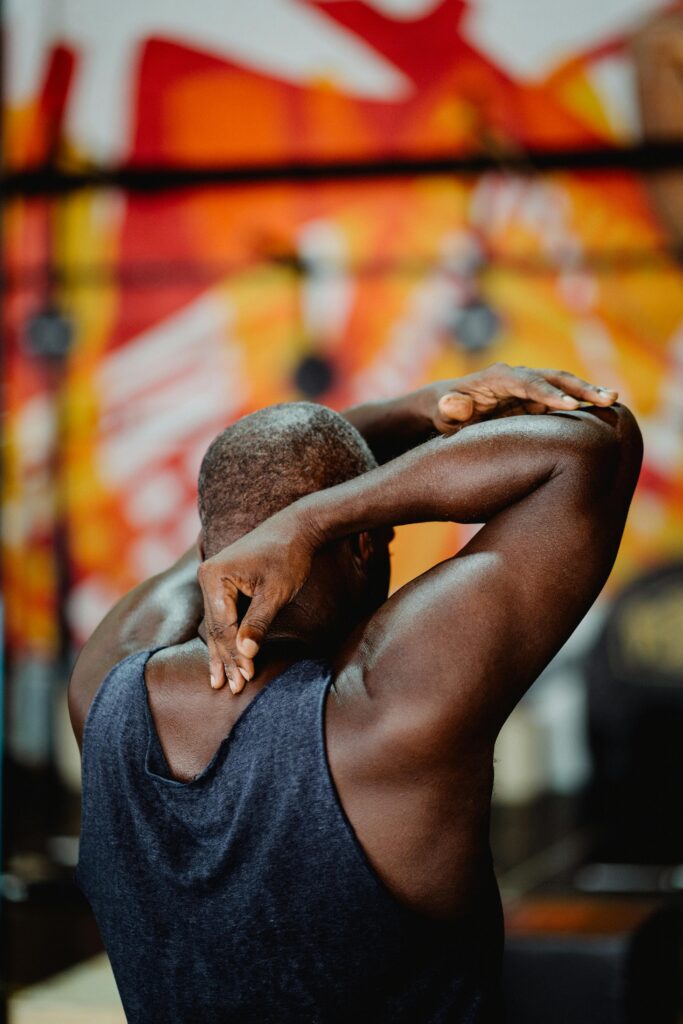
- Overtraining: Minimise the volume to avoid getting tired and slow down the healing process of the body muscles.
- Neglecting Rear Delts: Rear delts are quite neglected and this is not healthy as it leads to muscle imbalances.
- Poor Warm-Up: If one does not warm up it means that he or she is at high risk of incurring an injury. It must also incorporate warm up stretches and light workouts.
Final Thoughts on Shoulder Workouts
To build great looking shoulders is a process that takes time, effort, planning and knowledge of how the body works. With exercises such as behind-the-body cable lateral raises, reverse cable flies and seated dumbbell presses, you will be able to get wider and rounder shoulders.
Concentration on volume and frequency, keeping the correct technique and training all muscle groups will bring you the best results. Please bear in mind that the shoulder workouts do not only help to build up the muscles of your shoulders but also to increase your functional strength and your posture.
FAQs
How often should I train shoulders?
Train shoulders 1–2 times per week, allowing sufficient recovery between sessions.
What’s the best exercise for overall shoulder growth?
The seated dumbbell shoulder press is very beneficial for shoulder muscles growth.
Can I target specific parts of the deltoid?
Yes, there are exercises that help work on certain deltoid heads. For instance, lateral raise exercise aims at working on side delts while reverse flies aim at working on rear delts.
What’s the role of nutrition in shoulder growth?
Protein and calories are the two most important nutrients that help in building muscles and shoulders are not an exception.
13 thoughts on “Unlock the Science of Shoulder Workouts: Real Tips to Get Bigger and Better Shoulders”